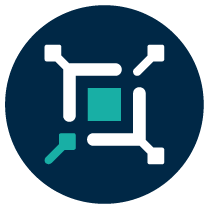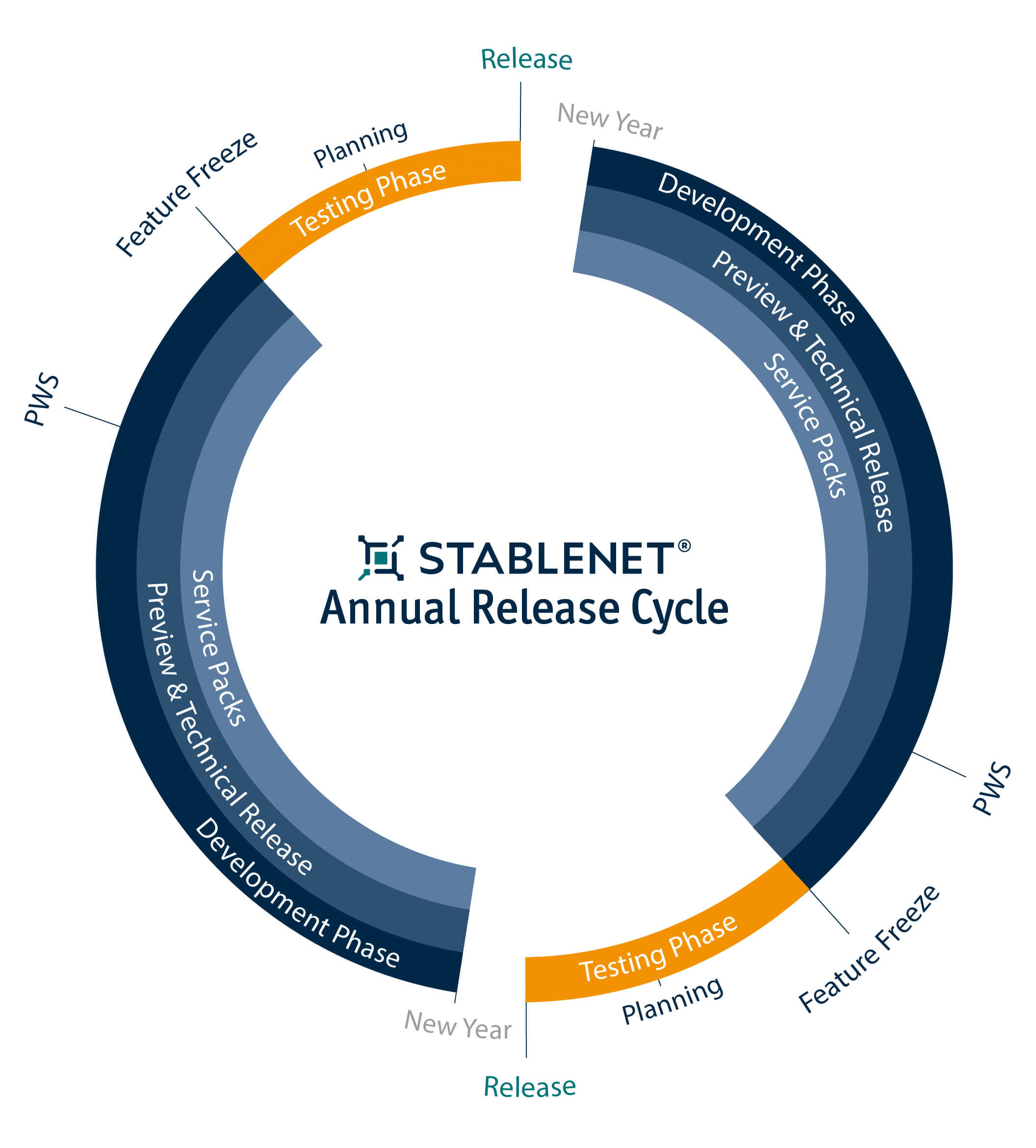
StableNet® Blog
Regular posts on all things StableNet® related from a sales, techie, or marketing perspective

The StableNet® Annual Release Cycle – A collaborative effort by the entire team
The year is coming to an end and that means that the StableNet® 24 Annual Release is just around the corner. All of the improvements are now in the final stages in order to get the best out of the new features and modules. We would like to take this opportunity to give you an insight into the StableNet® Annual Release cycle and all the processes that go on behind the scenes.
The StableNet® Release Process
Phase 1: Planning
The first step in the release process starts with planning and updating the roadmap around 15 months before the actual release, i.e. during the testing phase of the previous release. The new features and modules to be worked on in the coming months are decided in cross-departmental collaboration. This decision is partly driven by specific requests and feedback from customers and partners, but is also based on current trends and market developments.
Phase 2: Development
With the launch of the previous release and the beginning of the new year, the actual development starts. During this phase, we actively work on the development and improvement of new StableNet® features and modules. Regular exchange and feedback takes place at weekly intervals, between the Development team, SEs (Solution engineers) and the Support team, in order to evaluate and realign the latest development status. Preview & Technical Releases are then published approximately every 3 months. These contain the current status of development and are aimed primarily at specific customers or for test systems.
Phase 3: Official Roadmap
Towards the end of the development phase, the roadmap is finalized and communicated to our partners at the Annual Partner Workshop (PWS). This event is not only for communication purposes, but also to receive direct feedback.
Phase 4: Feature Freeze
At the beginning of November, the so-called “feature freeze” takes place. This marks the end of the development phase and introduces the test phase. This means that the Development team’s work on new features and modules stops at this point.
Phase 5: Testing
The feature freeze also marks the start of the testing phase, which will last until the release at the end of December. This primarily involves fixing bugs, improving usability and adding general improvements. The testing process takes place exclusively internally. During this phase, the planning of the content of the next release begins anew.
Phase 6: Main release
Just in time for Christmas, the main release and the corresponding release landing page with an overview of all new features and modules are published. Internally, the ritual of a release pizza has been established to celebrate the successful release launch.
Phase 7: Service packs
In the new year, service packs are then released at intervals of 4-8 weeks until the next main release. These primarily contain minor bug fixes and usability improvements.
Annual StableNet® Release – A cross-departmental track run
A new StableNet® release means one thing above all: cross-departmental teamwork. Almost all departments are involved in the entire process, from planning to development and release. It starts with the Sales, SEs and Support, who receive customer requests and feedback and pass them on to the Development team, who then implement it. In addition, there are regular cross-departmental meetings to exchange information and updates. The Support team provides a lot of assistance in the testing phase and gives feedback via the ticket system. As of October, Marketing will also be increasingly involved in communicating the release comprehensively and creating the release landing page.
This process is not a sprint, but rather a long-distance run that is only possible through continuous collaboration and teamwork. For this reason, we would like to take this opportunity to thank everyone who is actively involved in the release process!

Melanie Weber
Marketing Project & Content Creation Manager @ Infosim® GmbH & Co. KG

Software
Made in Germany

